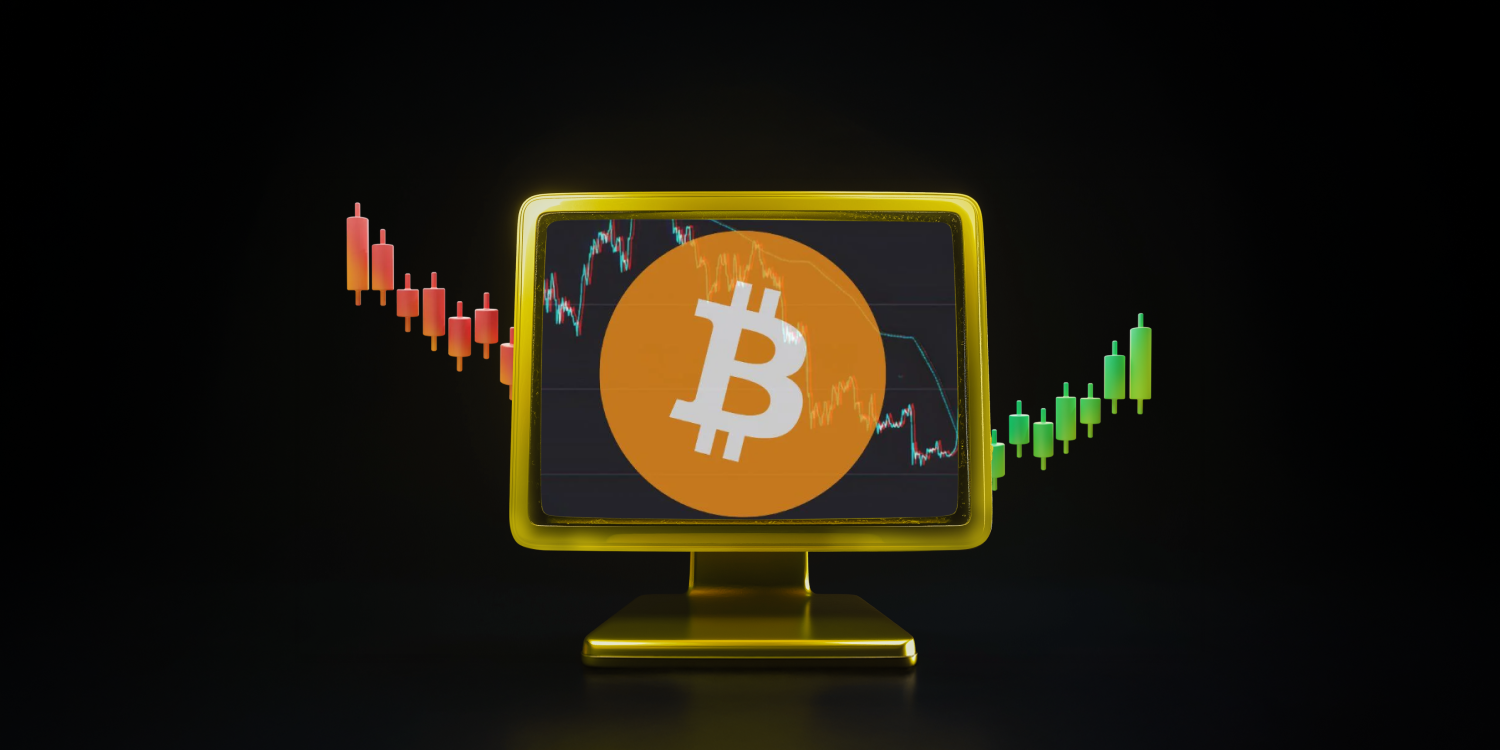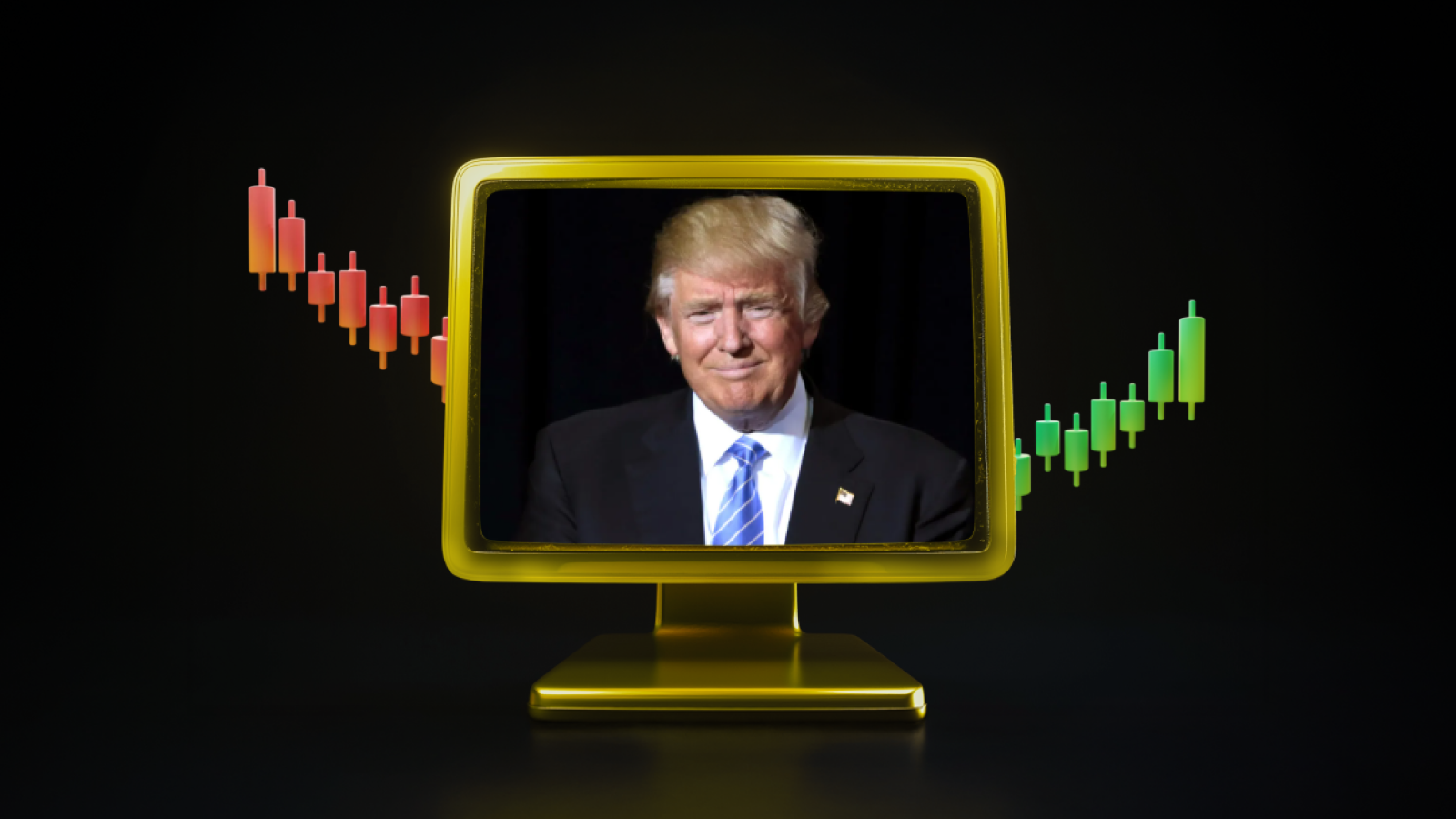MiCA Regulation and its Impact on Stablecoins
The European Union’s (EU) Crypto Asset Markets MiCA regulations entered into force on December 30, 2024, ushering in a new era in the cryptocurrency ecosystem. These regulations impose serious obligations on stablecoin providers, especially in terms of reserves and liquidity. While stablecoins are classified as “e-money tokens” (EMTs) under MiCA, the underlying reasons for these requirements and their potential impact should also be considered.
These requirements are as follows:
- Keeping at least 60% of reserves in EU-based banks.
- Backing reserves with cash or cash equivalents.
- Daily trading volume not exceeding €1 million.
These regulations, which aim to ensure transparency and market stability, also create compliance challenges for stablecoin providers. In the case of Tether (USDT), these rules have become a significant source of uncertainty in the EU market.
USDT’s Problems in the European Market
Reserve and Transparency Mismatches
MiCA’s reserve requirements are not compatible with USDT’s current operational structure. Tether CEO Paolo Ardoino stated that these reserve rules are not feasible due to the insolvency risks of some European banks. For example, some European banks have been recovering from the 2008 financial crisis and have not been able to comply with Basel III requirements. Ardoino also emphasized that low interest rates and financial instability in the region have increased operational risks for stablecoin providers such as Tether. However, MiCA’s transparency requirements require the world’s leading stablecoin providers, such as Tether, to reorganize their operations.
Delist Issues
Failing to comply with MiCA regulations, USDT has faced delisting, particularly from EU-based exchanges. These decisions are often based on lack of compliance with reserve requirements, failure to meet transparency standards, or delays in regulatory approval processes. Coinbase Europe delisted USDT to comply with these regulations, while exchanges such as Binance and Crypto.com are awaiting regulatory guidance. This is creating confidence and liquidity issues in the markets.
Liquidity and Competition Concerns in the EU Market
The delisting of Tether risks reducing liquidity in Europe and increasing transaction costs. However, USDT’s much larger volumes in other markets, such as Asia and the US, could partially offset these losses. More than 80% of USDT’s total trading volume comes from Asian markets.
USDC’s Rise
While Tether was facing problems in the EU market, its competitor Circle’s USD Coin (USDC) rose to prominence in Europe by complying with MiCA’s requirements. By obtaining a license under MiCA, Circle increased its credibility in the EU market and became the preferred stablecoin on platforms such as Coinbase Europe. Immediately after Coinbase Europe delisted USDT, USDC’s market capitalization increased by over $1 billion. This is a testament to the advantage MiCA gives to compliant stablecoins.
The Future of MiCA Regulation and Tether’s Strategies
Transition Processes and Implementation Differences
The implementation of MiCA varies across EU countries. For example, while some countries, such as France, allow an 18-month transition period for harmonization, this period is limited to only 6 months in the Netherlands. These differences are due to strategic choices in countries’ approach to financial regulation and local market dynamics. This leads to compliance difficulties and uncertainties for market players, making the processes more complex.
Tether’s Compliance and Strategic Investments
Tether continues to take strategic steps to protect its presence in the European market. Investments in MiCA-compliant EU-based technology firms StablR and Quantoz Payments demonstrate Tether’s commitment to comply with the regulatory framework. Furthermore, its strategy to maintain its strength in other markets, such as Asia and the US, aims to mitigate the impact of losses in the EU market.
Impact of MiCA on Competitiveness in the European Market
While MiCA aims to ensure transparency and trust in crypto markets, it may create obstacles for market players due to very strict rules. For example, the requirement for Tether to hold reserves with EU banks creates additional costs and operational challenges, especially due to the low interest rates and insolvency risks of banks in the region. The risk of stablecoin providers withdrawing from the European market could weaken the region’s competitiveness in the digital asset ecosystem.





